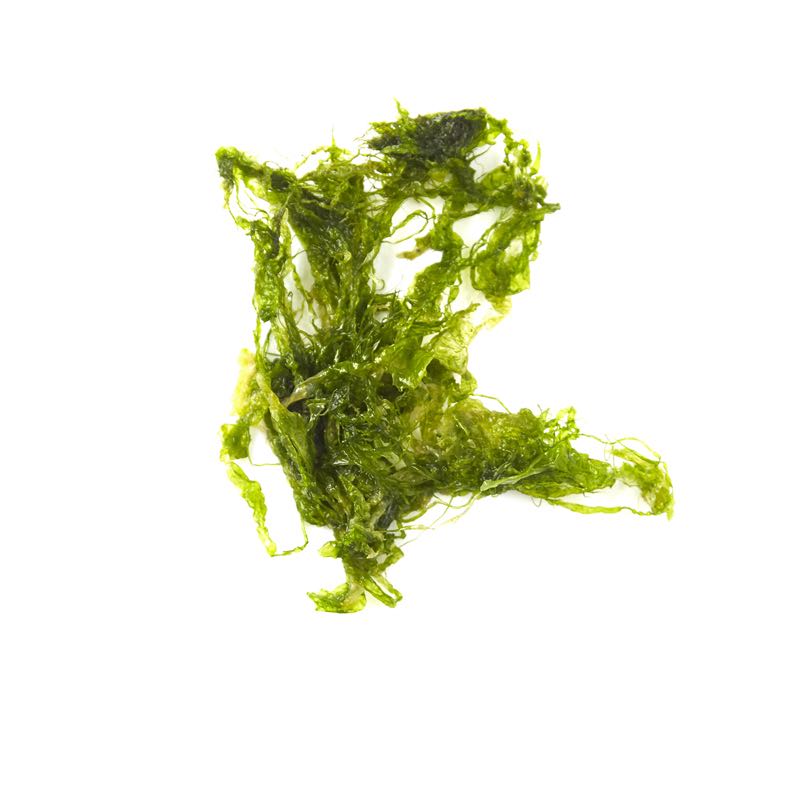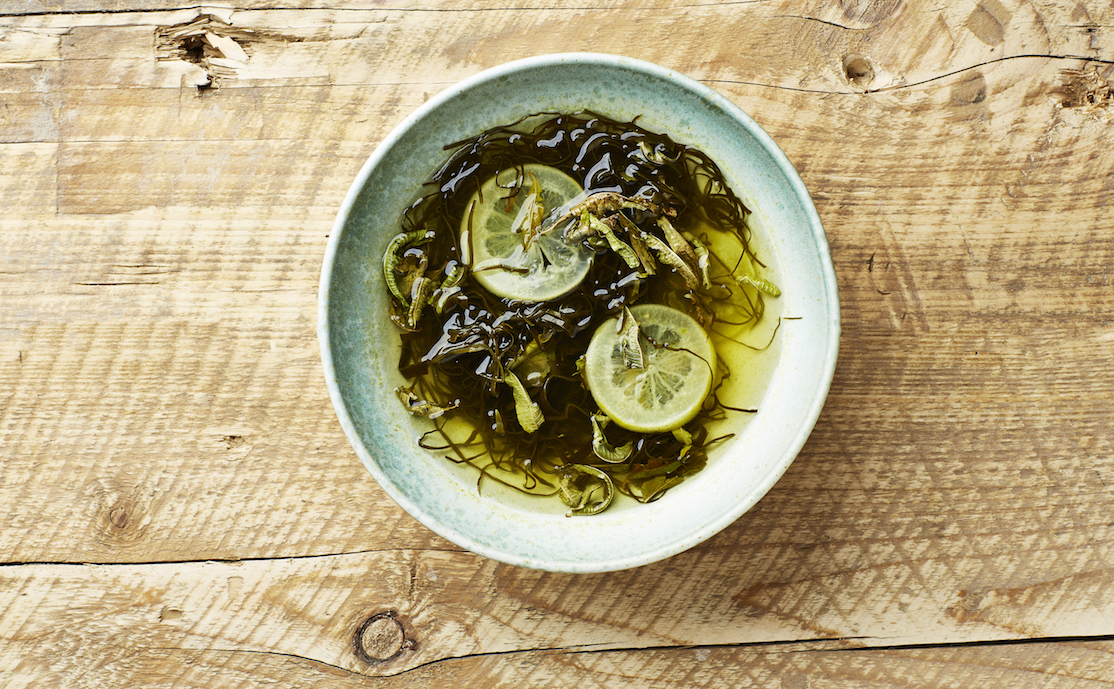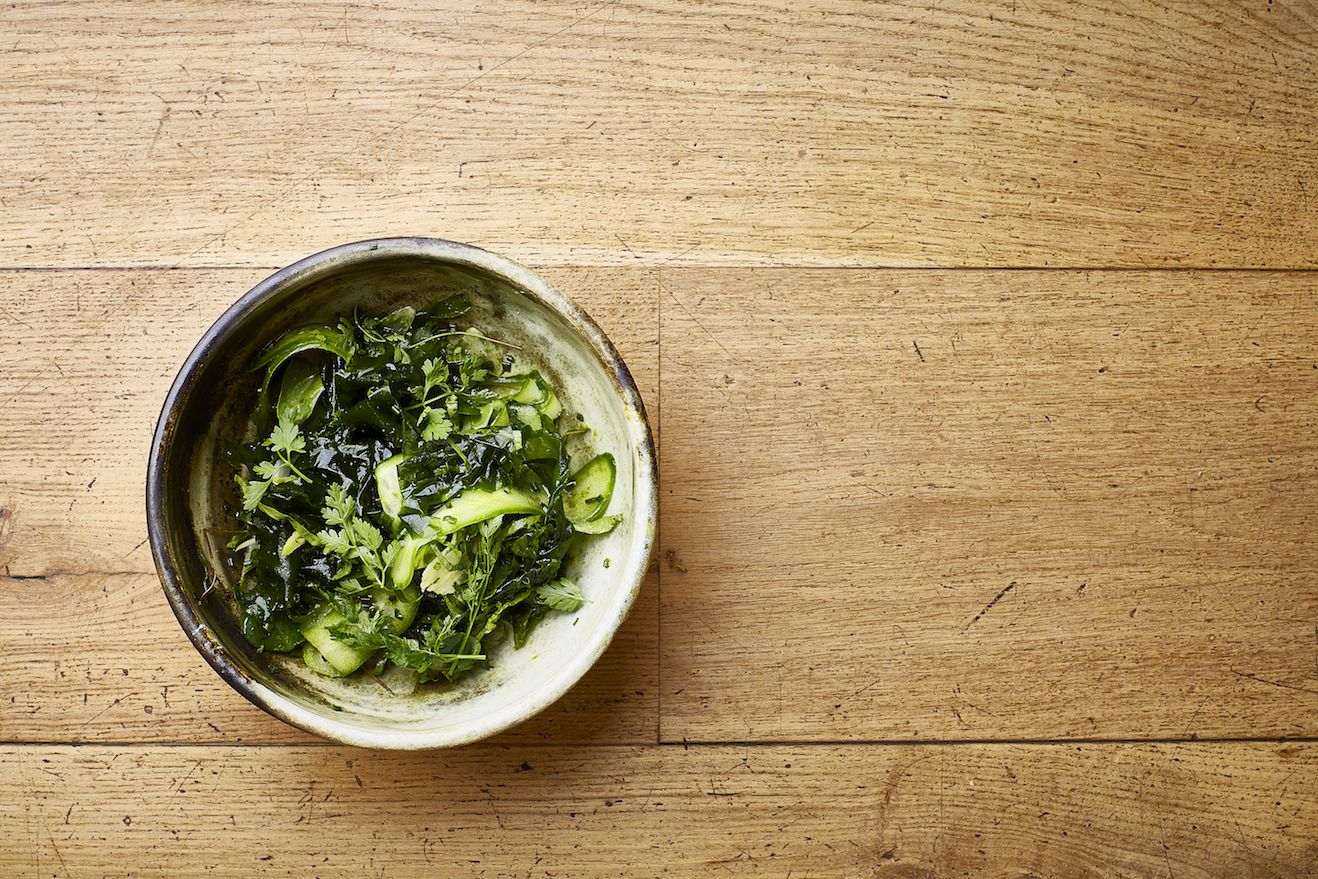
Gutweed
Though its name is less than appetizing, gutweed is actually quite delicious. A crisp and delicate green algae that can be harvested in many places along the coastlines of Denmark, it is readily available throughout the spring and summer.
-
Where to Find It
Gutweed adheres to rocks or quays close to the water’s surface, usually not more than a couple meters deep. It thrives in areas of low salinity, so look for it in places where fresh water meets salt water, such as at the outlet of streams or fjords. In these areas, gutweed can develop into verdant underwater forests.
The beach.
-
When to Find It
You can pick gutweed in spring, throughout summer, and into early fall.
Top shoot: March, April, May, June, July, August, September, October.
-
How to Spot It
Gutweed is composed of clusters of bright green shoots that are 30-40 cm long and grow on rocks on the sea floor or close to the surf. The shoots fill up with oxygen, which allows the seaweed to float; a colony of gutweed will resemble an underwater meadow bobbing in the current. The shoots are bumpy, irregularly shaped, and semi-transparent.
-
How to Pick It
In areas where gutweed grows close to the shoreline, put on waders to gather it in the water, or pick it directly from rocks at water’s edge. If the water is warm enough, pull on a bathing suit or a wetsuit and dive for it—diving will allow you to harvest the seaweed in deeper waters where it grows abundantly and is better tasting. Be sure to cut off the shoot with a knife or scissors so that the plant can regenerate itself. Gutweed prefers nutrient-rich waters, but these aren’t always the best place to gather your next meal, so keep an eye out for nearby waste water discharge.
Risk of misidentifying the plant
There is no risk of mistaking the plant for another dangerous or undesirable plant. You should, however, be careful not to confuse it with eelgrass. Eelgrass grows in the sand and isn't dangerous, but it’s hardly delicious either.



